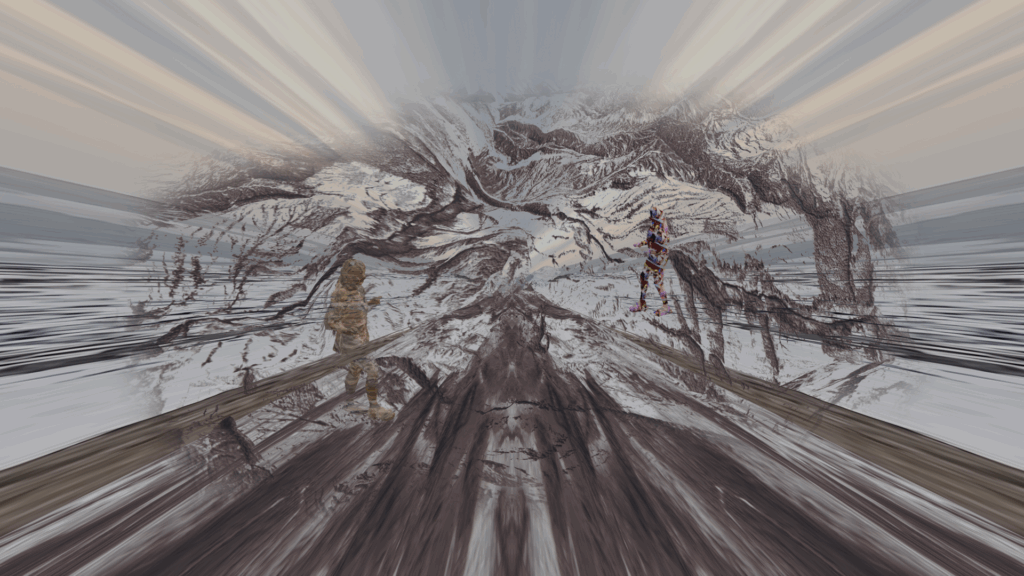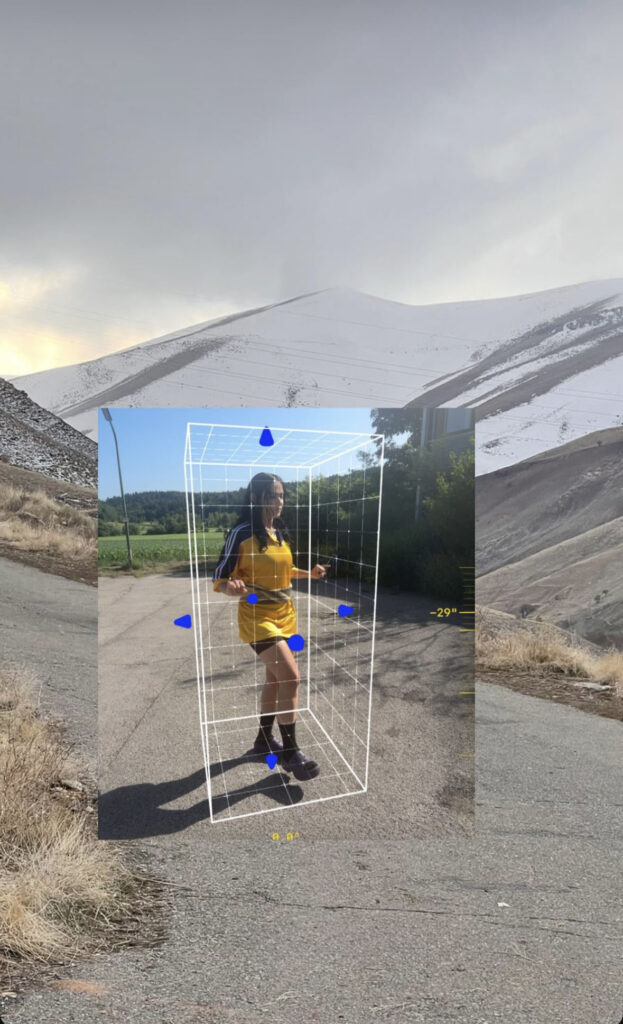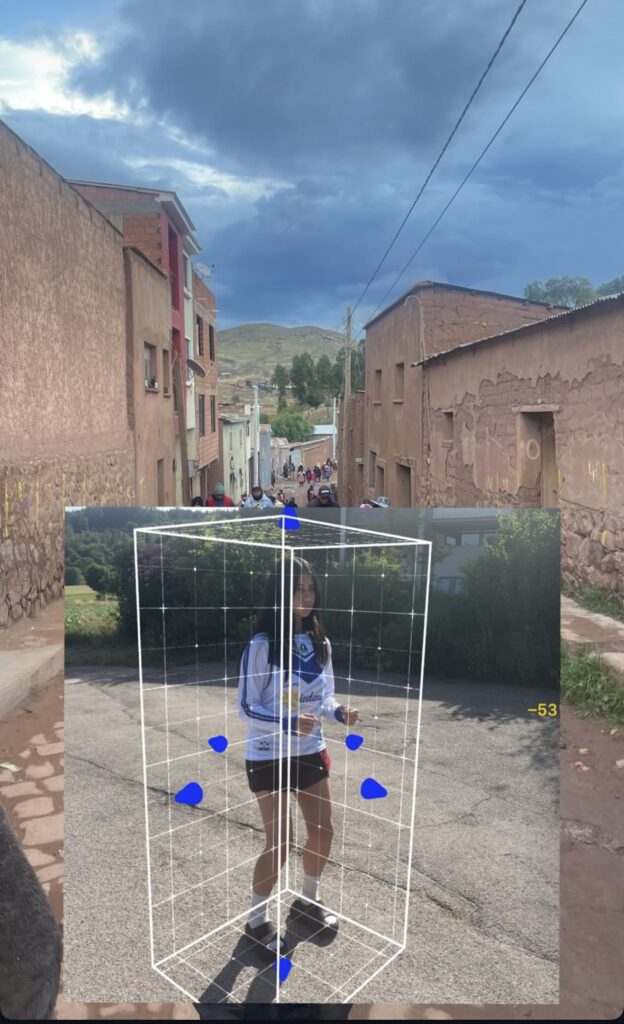
going deeper in our research this week, through somatic and theoretical levels more concepts and questions has came to our attention:
– banality
– concept of partying as political space, where joy and/in resistance meets
– sarkasm, humor, jokes as survival/coping mechanism and encoded language
– spaces/landscapes that are nurturing but also vulnerable
to challenge the western linearities and binaries of tradition vs. modern, past vs. future
to challenge the western urge for linear “development”
the dances we dance are neither folklore, bound to the past, or to be analysed with comparative quantitative scientific methods
they resemble fluid modern traditions in the making, there is no terminated past, the past is in the making
Indigenous communities across the world have faced violent and forced assimilation through colonialism, religious conversion, cultural erasure, land dispossession and displacement. While some people refused to be assimilated, others strategically engaged with assimilation—not as surrender, but as a tool for survival and resistance.
Bolivian sociologist, anthropologie and decolonial thinker, influenced by Aymara cosmology and anarchist thought, Silvia Rivera Cusicanqui highlights in her book “Ch’ixinakax Utxiwa” (A Reflection on the Practices and Discourses of Decolonization, 2010) the Aymara term of Ch’ixi as a mode of existence and thought that embraces simultaneity and contradiction. In its most literal sense, it refers to something “mottled,” “speckled,” or “gray-spotted”—like the mixed colors of a stone, or a llama’s patchy coat, something that is neither purely black nor white, but a mix that retains contrast. Ch’ixi represents a way of being where opposites coexist without blending into one.
Ch’ixi represents duality without fusion – unlike mestizaje (inter-racial/cultural mixes that predominantly negate difference and erases the indigenous roots from the people), Ch’ixi preserves contrast and tension, thus rejecting homogenization.
Aymara worldview sees reality as layered contradictions: life/death, Indigenous/Western, past/future. Ch’ixi embraces these as parallel, where multiple realities coexist.
Looking more into both cosmologies, as a lens to look through to understand … Chakana means ‘bridge’, and means ‘to cross over’ in Quechua. The Andean Cross. More than a spiritual symbol, the Chakana is also a calendar, a compass, and a mathematical code. Its stepped geometry maps out the solstices, equinoxes, and cross-quarter days, echoing the deep astronomical knowledge embedded in ancient Andean life.
Kurdish weavings and kilims are full of geometric designs that hold tribal, spiritual, and protective meanings. We wonder whether an analogous concept to Ch’ixi might emerge from Kurdish thought – perhaps one rooted in the diasporic temporality, fractured geographies, and rhythmic collectivity of Halparke itself.
practical research this week included:
– 3d scan try-outs of kiana and sharon and combining them in Blender with mountains imagery and material from the archive
– merging the two rhythms sonically, experimenting with the musical elements of both dances, recording footwork with contact mics
– visual research of different dance and costume styles throughout recent decades
– improvising with steps and to music

